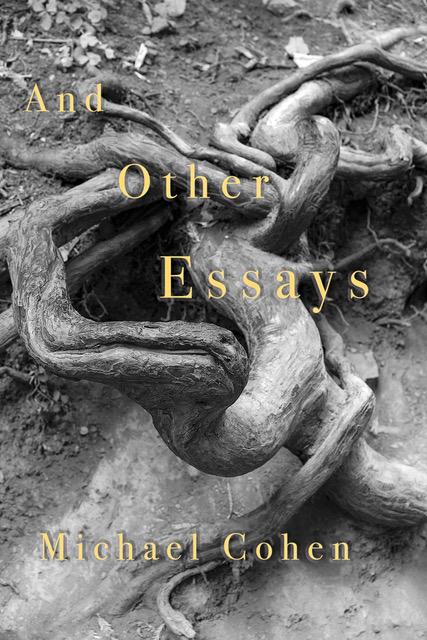This April marked two hundred years since Byron’s death in Missolonghi, Greece, where he had gone to fight for Greek independence. I decided early in the month to read Byron’s long poem Don Juan, and I finished it on the 19th, the date of his death.
Byron writes in iambic pentameter ottava rima stanzas rhyming ABABABCC with frequent use of feminine rhyme where two, three, or even four concluding syllables are rhymed. The effect is comic, and the concluding couplet is often used for anticlimax, a shift in diction to the more mundane, or other devices to undercut what came before and bring it down with a bump.
’Tis pity
learned virgins ever wed
With persons of no sort of education,
Or gentlemen, who, though well born and bred,
Grow tired of scientific conversation:
I don’t choose to say much upon this head,
I’m a plain man, and in a single station,
But—Oh! ye lords of ladies intellectual,
Inform us truly, have they not hen-peck’d you all?
His poem’s epic, his narrator insists, and at first the idea seems to be to expose his hero to as many different situations as possible: an early affair with an older married woman that, discovered, leads to his having to leave Spain; shipwreck and near starvation; an idyllic time on an Aegean island with the beautiful daughter of a pirate; being sold into slavery in Constantinople when the pirate discovers the lovers; an attempted seduction by the wife of the Sultan; escape and blundering into the siege of Izmail, where Juan distinguishes himself in combat; his seduction by Catherine the Great, who names him an ambassador to England. As befits his hero, a lot of the adventures are amatory, but Byron’s Don Juan is not the seducer of the legend in these encounters, but rather the seduced. With the last six complete cantos and the uncompleted seventh, Byron takes Juan to England and settles into an extended satire of the English ruling class, its politics, social attitudes, and sexual mores in a comedy of manners. It ends with Juan uncovering the Duchess of Fitz-Fulke, who’s been stalking Juan in the disguise of the ghost who supposedly inhabits this country house, and who gave him a pretty good scare the night before. Byron learned something from that famous night when he, Shelley, John Polidori, and Mary Shelley read each other ghost stories in their villa on Lake Geneva, and then made up some themselves.
The ratio of lines dealing with Juan’s actions (mostly reactions) to the number of lines containing the narrator’s lucubrations is pretty low; I’d guess about one to four. And his narrator, although holding many opinions we can be sure are Byron’s, is not wholly identical to him, being older, for one example.
If I compare a stanza of Don Juan to one from a Wordsworth poem, I have to admit that the poet who most deserves the epithet of “a man talking to men” is not going to be Wordsworth. Byron’s style is colloquial (“I rattle on exactly as I talk”) and quite modern in its effect, and Juan is surprisingly easy to read as a result. Then too, if Byron often errs on the side of the flippant and offhand, it can be a welcome relief from the serious and sententious. He gets in a good deal of comments on his fellow poets, and Wordsworth is a favorite target, the longer poems being his particular aversion. His nickname for the older poet, though he didn’t use it in print, was “turdsworth.” Byron didn’t grasp Keats’s greatness, either. But with Don Juan, he did something no one had done before, though someone did try something very like it again, when Pushkin wrote Eugene Onegin as a verse novel imitating Byron.
Pushkin started writing Onegin before Byron had even published the last complete cantos of Don Juan, in 1823, and he finished in 1831, and the first book publication was in 1833. The novel consists of eight cantos or chapters of approximately fifty stanzas each “in the manner of Byron’s Don Juan,” but throughout an interplay juxtaposes the comic commentary (and the verse form itself) with a tragic plot. Onegin retires to the country in his twenties, worn out with his rakish life in St. Petersburg. He visits the household where his friend Lensky has been accepted by the younger daughter Olga. The older daughter, the innocent, retiring and bookish Tatyana, falls in love with him and writes a letter expressing her love. He lectures her about his time of love being over, her prospects for another, happier love, and so on. Forced by Lensky to go to the house again, he is overly attentive to Olga to make Lensky jealous. It works, Lensky challenges him to a duel and is killed. Years later Onegin meets Tatyana in town, a princess now and superbly poised. He falls in love, writes a letter expressing it, and gets a lecture from her in his turn.
But Pushkin is himself a character in the story, a friend of Onegin, a poet who observes all of this from a distance, commenting on it, on his own Muse, on the change of seasons, on the health of the country versus the dissipation of the city, on the code of honor that traps people like Lensky and Onegin, and on much more, very like Byron’s commentary, but with a cosmopolitan Russian point of view.
The book was Pushkin’s own favorite and is generally considered his best work. Its iambic tetrameter lines are arranged in a distinctive sonnet-length stanza with not only an intricate rhyme scheme but a correspondingly complicated pattern of male and female rhymes. As in Byron’s poem, the female rhymes give to the verse a comic and even cynical tone which plays against the romantic feelings aroused in the course of the story and its tragic outcome.
